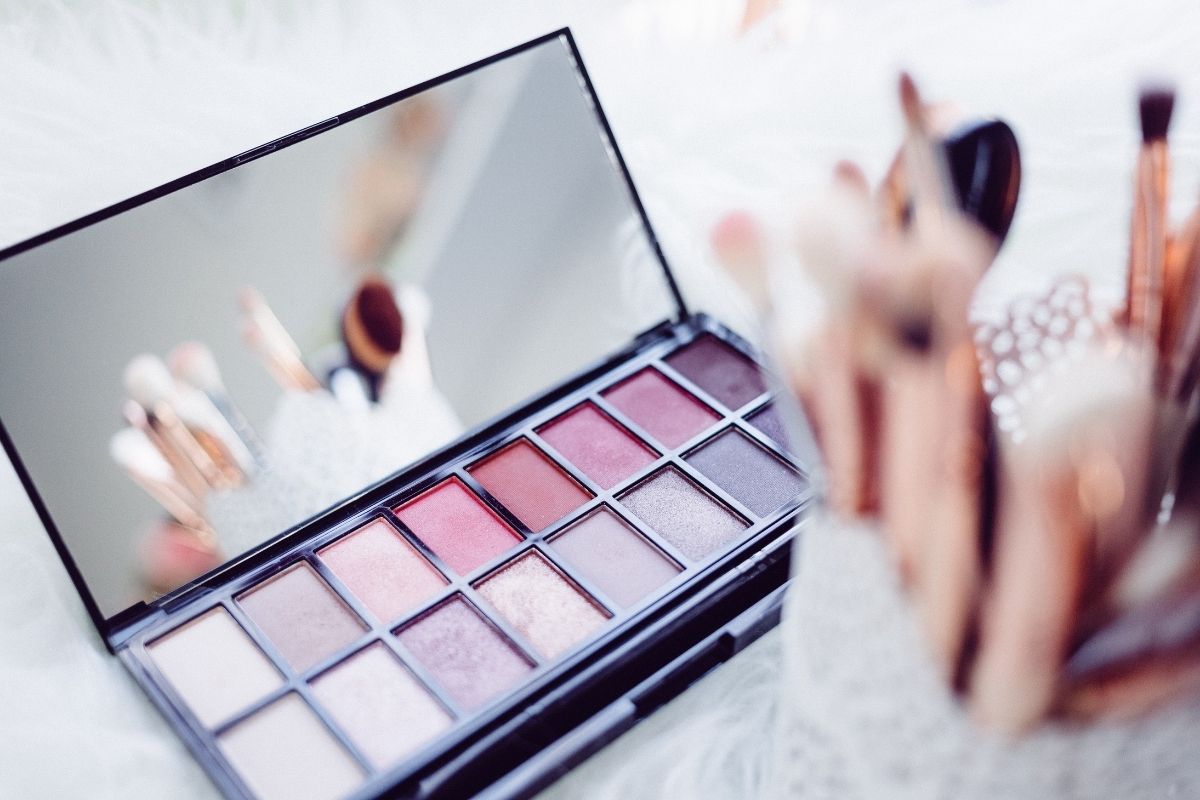A User Research Plan for UX Design
When you’re at the point in your online UX design education where you have insight into user research, research tools, and ethical practices, you should also understand the technology at your disposal. That means you’re ready to move to more specific activities in UX design.
You’ll need to go through the process of creating a user research plan. You’ll start by thinking about all the components that are involved in creating the plan. Don’t forget about the problems that you need to solve in your UX or UI design.
Creating a plan will help you build up toward a portfolio. Since your portfolio should be a visual document, you should create a visual representation of your research plan.
To do this, decide how you’re planning to move into the next step. What are your resources? What are the techniques and the practices that you will follow in order to obtain all the data that’s needed to plan a good UX?
Do you have all the data that will inform you and allow you to create a successful persona, or a set of personas, that will guide you through the next steps of the journey?
Good luck, and don’t forget about your data or the end-user when designing a UI.



